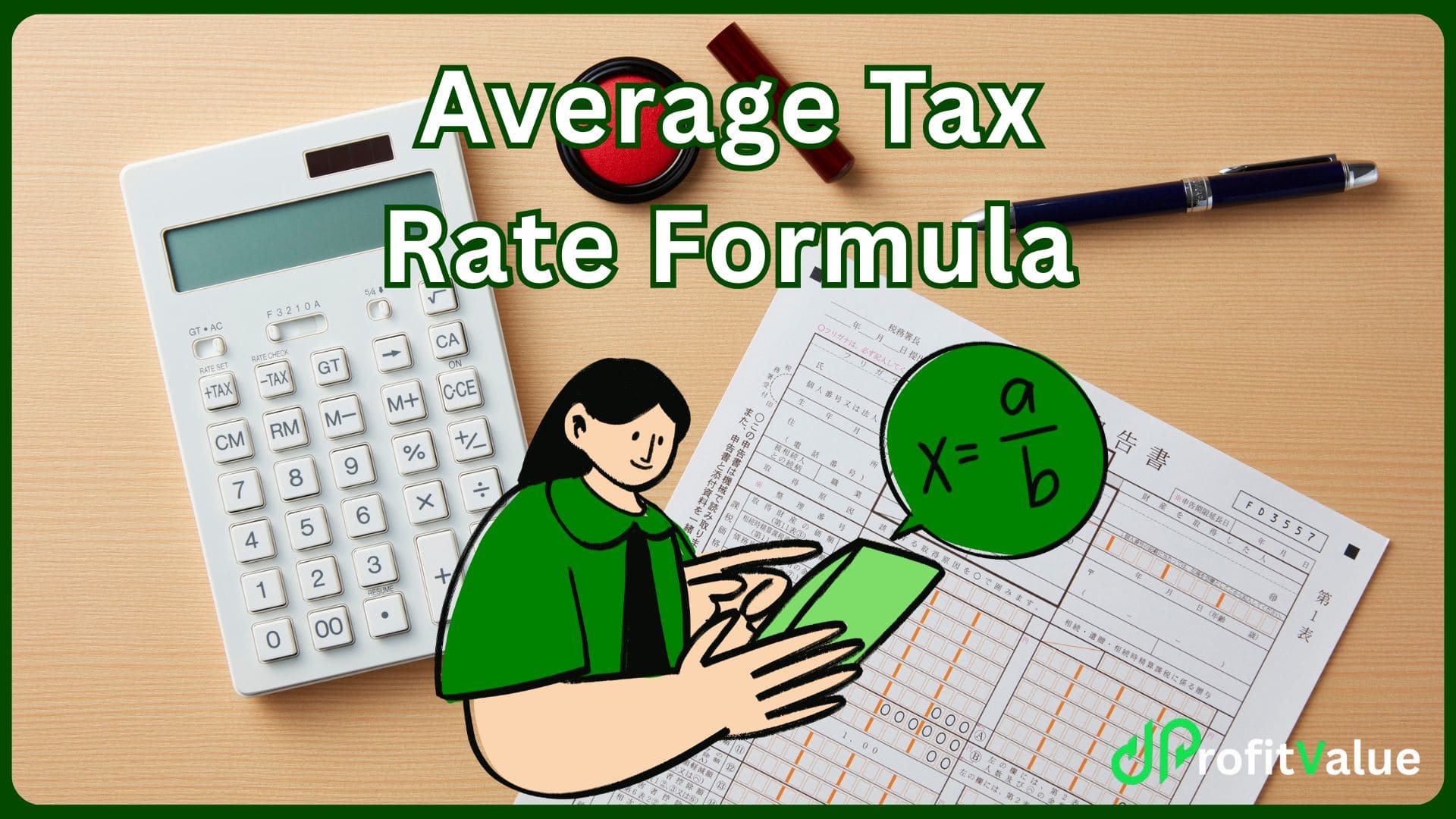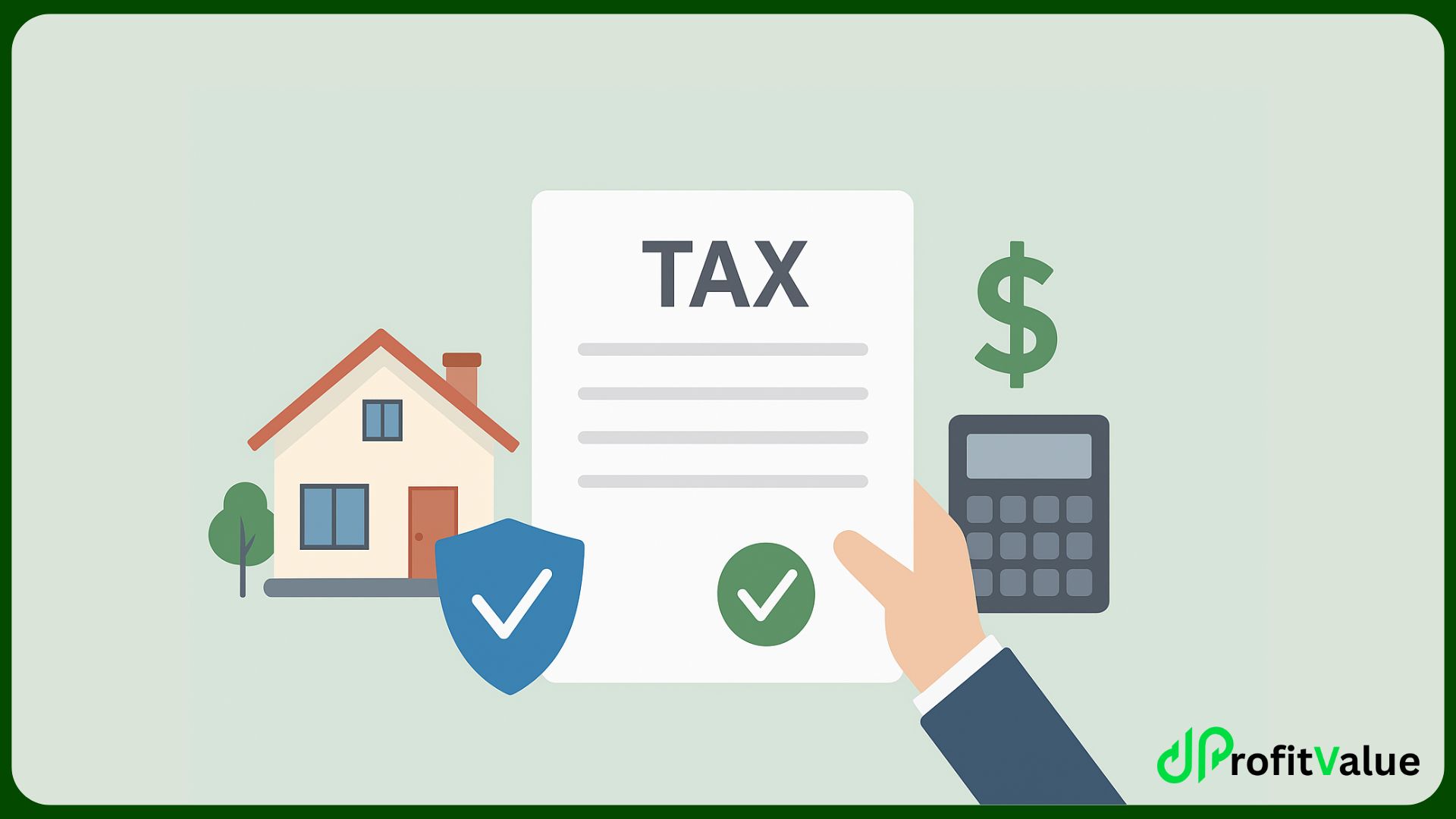Many taxpayers often feel confused when the tax rate is the percentage of income paid. Most individuals doubtably misunderstand the difference between marginal tax rate and average income tax rate. Consequently, they miscalculate the total tax paid and overall tax burden on total taxable income. However, the average tax rate formula is calculated by dividing the total tax paid by total taxable income. This helps explain how much of your income is taxed overall. This complete guide will show how to calculate your average tax rate correctly.
Average Tax Rate Definition
The average tax rate represents the proportion of total tax compared to total income. It is calculated by dividing the amount of tax paid by taxable income during a specific financial year. This rate shows how much individuals pay in taxes relative to their earnings. Unlike marginal tax rate, which applies only to the highest tax bracket, the average tax rate considers overall liability. Consequently, it provides a clearer measure of the effective tax burden borne by taxpayers.
Average Tax Rate Formula
Formula:
Average Tax Rate = ( Total Tax Paid⁄Total Income ) x 100
Explanation of Terms:
- Total Tax Paid: The overall amount of tax settled including income tax liabilities.
- Total Income: The taxable income earned before deducting the amount of tax paid.
Practical Examples of Tax Calculation:
Example 1:
An individual has taxable income of $60,000 and pays a total tax of $9,000.
The average tax rate = (9,000 ÷ 60,000) × 100 = 15%. Hence, the person’s tax rate indicates they pay in taxes about fifteen percent of income.
Example 2:
Suppose someone earns total income of $85,000 and their tax paid equals $12,750.
The average tax rate = (12,750 ÷ 85,000) × 100 = 15%. Therefore, despite falling into a higher tax bracket, their effective average tax rate remains the same.
Difference Between Marginal and Average Tax Rate
| Aspect | Marginal Tax Rate | Average Tax Rate |
|---|---|---|
| Definition | Marginal tax rate is important because it applies to the last dollar earned. | Average tax rate is calculated by dividing the total tax paid by total taxable income. |
| Calculation | Shows the rate you pay on your next dollar of income under tax law. | Average income tax rate refers to overall share of income paid in taxes. |
| Purpose | Indicates how much of additional income will be taxed at higher tax brackets. | Reflects overall tax burden for a taxpayer across all portions of your income. |
Conclusion
Calculating your average tax rate is important because it shows the overall share of income paid. Unlike the marginal tax rate which applies to the last dollar of income, this formula reflects the rate you pay across all portions of your income. Consequently, the average tax rate formula divides total tax by total taxable income to give a clearer tax situation. Moreover, it helps determine overall tax liability and ensures accurate planning under the federal income tax system. Finally, learning how the average rate works will undoubtedly improve financial decision-making. How do you personally calculate your effective tax rate each year?
FAQs
1. What role does gross income play in calculating average rate?
Gross income helps determine total taxable income before deductions and credits adjust the base.
2. Why is marginal tax rate important in comparison with average rate?
Marginal shows tax rate on the next dollar earned, unlike average showing overall.
3. Does federal tax law affect average effective rate?
Yes, because deductions, credits, and tax rates applied under federal tax law change outcomes.
4. Can deductions and credits reduce your average effective tax rate?
Yes, they lower taxable income, consequently reducing overall tax liability and average rate.
5. How does Form 1040 relate to calculating your average tax rate?
Form 1040 shows total tax paid and income, used to calculate average tax rate.






